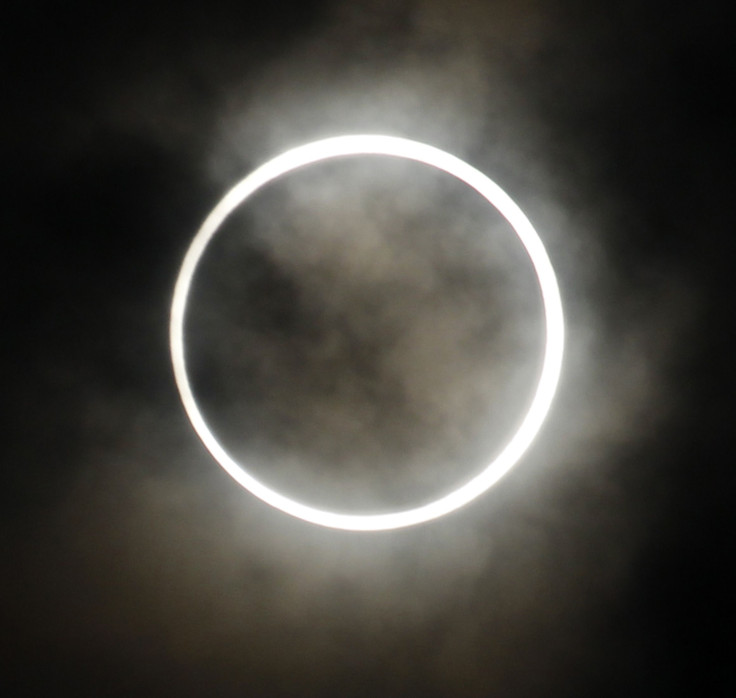Astronomical Events To Look Forward To In June
KEY POINTS
- There are some exciting upcoming astronomical events in June
- Following the Blood Moon lunar eclipse is an upcoming Ring of Fire eclipse
- June solstice will mark the Northern Hemisphere's astronomical first day of summer
Still can't get over the recent total lunar eclipse? June has some interesting astronomical events for skywatchers to look forward to.
Ring of Fire eclipse
The Blood Moon lunar eclipse was a spectacle that many truly enjoyed, but another eclipse will grace the skies in just a little over a week. On June 10, the Earth, moon and sun will align to create an annular solar eclipse. During the event, the moon won't be able to cover the entire sun so the alignment will instead create a stunning ring of light, giving it the nickname Ring of Fire solar eclipse.
This annular eclipse will be visible to those in parts of Greenland, Canada, Siberia and the Arctic Ocean, NASA said.
"For much of the rest of northeastern North America, Greenland, Northern Europe, and northern Asia, this will be a partial eclipse," the agency said. "From the Washington, D.C. area, the Moon will be blocking about 80% of the left side of the Sun as they rise together in the east-northeast at 5:42 a.m., causing the Sun to appear as a crescent."
Keep in mind that it is not safe to look directly at the sun, so those who want to catch a glimpse of the eclipse live should only do so using a pair of eclipse glasses.
'Longest day' of the year
The June solstice will happen at 11:32 p.m. EDT on June 20. For those in the Northern Hemisphere, this marks the day when the sun is at its highest and northernmost point in the sky, so it will have the longest period of daylight and the shortest night, The Old Farmer's Almanac explained. Since the sun will be at its highest position, a little fun test to do on this day would be to check one's shadow at noon and see it in the shortest it will be in the entire year.
The June solstice also marks the astronomical beginning of summer for those in the Northern Hemisphere. It's worth noting that this is different from the meteorological beginning of summer, which is based on the temperature cycle.
For those in the Southern Hemisphere, however, the June solstice marks the complete opposite: the winter solstice. For them, the sun will be at its lowest point in the sky, and the event will mark the beginning of winter.
Full Strawberry Moon: a possible supermoon
The full moon for June will be on June 24 at 2:40 pm. EDT, and it will appear full for about three days, NASA said. It is called by different names including Strawberry Moon, Blooming Moon, Green Corn Moon or even the Egg Laying Moon.
Outlets do have different thresholds for which full moons they consider to be supermoons, with others considering the April and May full moons to be 2021's two supermoons. For Sea and Sky, however, June's full moon will be the third and last supermoon for the year.

© Copyright IBTimes 2024. All rights reserved.






















